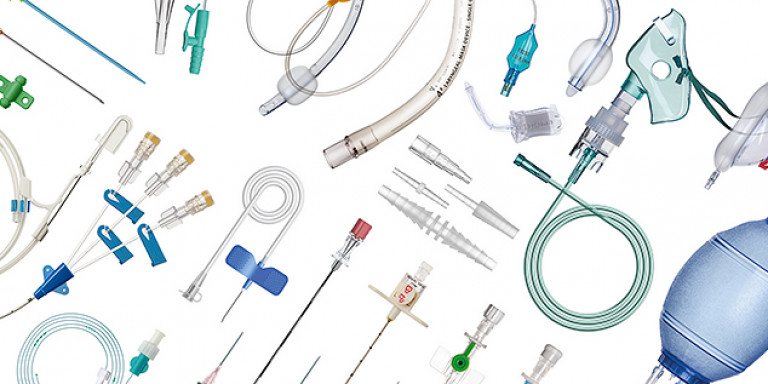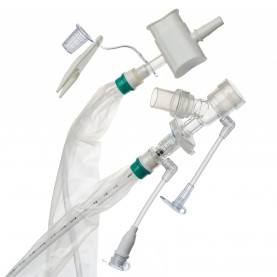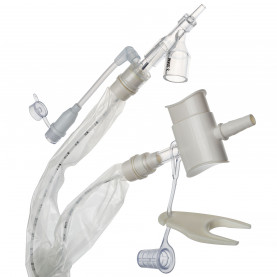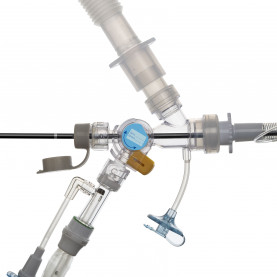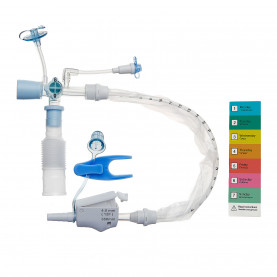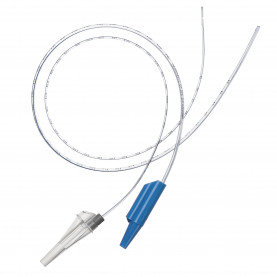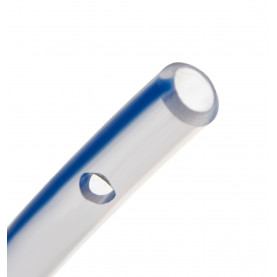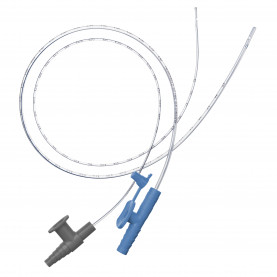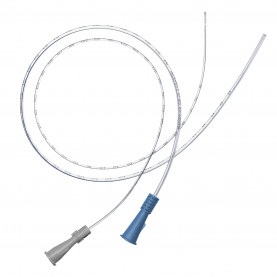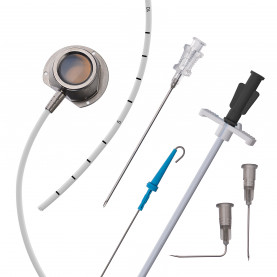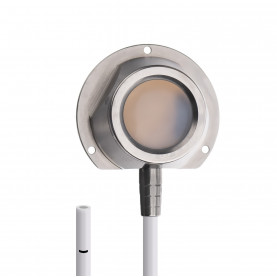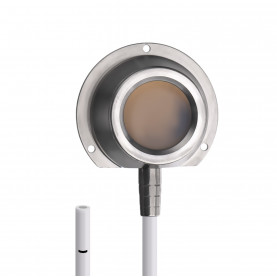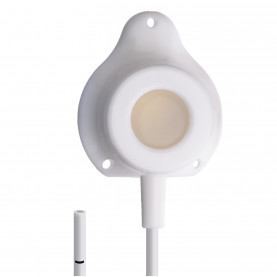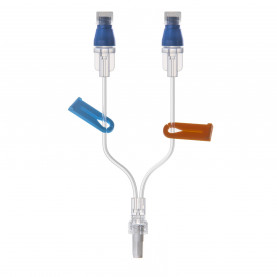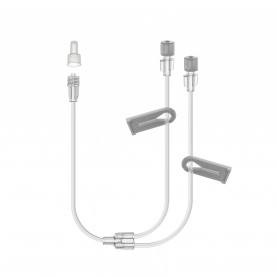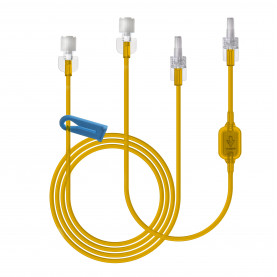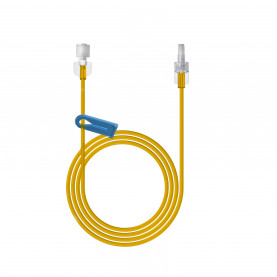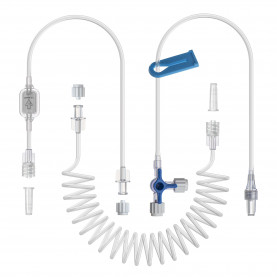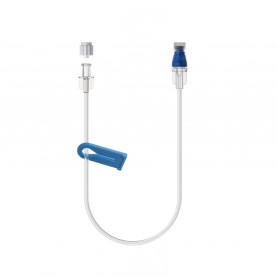The advantages of disposable instruments
The use of disposables has spread widely into other domains within the healthcare sector and more and more healthcare professionals are opting to use these over re-usable instruments.
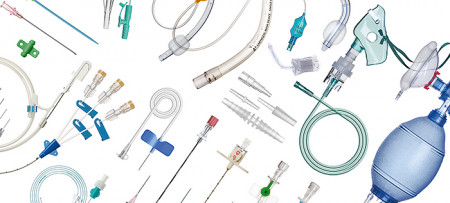
The use of disposables has spread widely into other domains within the healthcare sector and more and more healthcare professionals are opting to use these over re-usable instruments.
Information available in the past has offered mixed messages in relation to the efficacy of disposables. Although presenting a very obvious solution to the time and cost involved in sterilisation and decontamination, there have also been concerns over their safety and cost effectiveness.
2007 proved somewhat of a watershed year for the UK in this respect in that the National Decontamination Strategy was launched after the procedures, systems and equipment used to sterilise reusable medical instruments were deemed unsatisfactory, particularly so with the dangers posed by ‘prion diseases’ such as Variant Creutzfeldt-Jakob disease (vCJD) and other spongiform encephalopathies. Where a health trust failed to meet the new standards, they were required to have contingency plans in place, including the use of private sterilisation plants, or move to single use instruments.
The benefits of using disposables speak for themselves. Re-usable instruments come with the ongoing cost of cleaning and sterilising. Staff time, equipment maintenance and utility consumption are just some of the costs associated with decontamination and sterilisation.
Re-usable equipment must be cleaned as soon as possible, so daily or weekly collection and delivery services need to be arranged, adding to costs and the environmental impact when considering the energy, chemicals and detergents used in the process. In comparison, single-use instruments can be disposed of with other clinical waste and in the case of steel can be recycled.
Disposable instruments are also much more practical for visiting doctors and nurses in that they do not need to be stored and taken back to a medical facility for sterilisation processing but can instead be safely disposed of immediately in a sharps bin. Likewise, people who are ill at home and need medical items such as syringes or ventilation aids greatly benefit from the increased accessibility of disposable supplies.
Even if the difference in cost between single or multi-use instruments is negligible, you will need to take into account the health benefits of using disposable equipment.
Managing the risk of infection and crossinfection is high on the agenda of not only every healthcare professional but patients alike nowadays. With increased access to information and medical opinion available, especially via the internet, patients are much more informed about issues concerning their health and general wellbeing than they ever were in the past. It is not surprising therefore that concern about the risk of infection in hospitals and worry about whether medical equipment is clean and sterile is a factor for many patients when choosing a hospital for a procedure. However, most feel reassured when they know they will be treated with single use surgical instruments as they know that they can trust the sterility and therefore the safety of the equipment.
As a company able to source an enormous range of medical products, Durbin has always had to mirror the needs of its customers and over the years I have seen an increasing number of these requesting single-use instruments in preference to reusable ones. Hospitals are even asking us to create bespoke kits to meet their own individual requirements which I think is a great way to reduce wastage and, in turn, maximise resources.
The many benefits that disposable instruments can offer is clear. Whether it is about convenience, safety or availability, many more healthcare professionals are now turning to single-use instruments to meet their requirements. Can you afford to be left behind?
By Leslie Morgan, Managing Director Durbin PLC.

